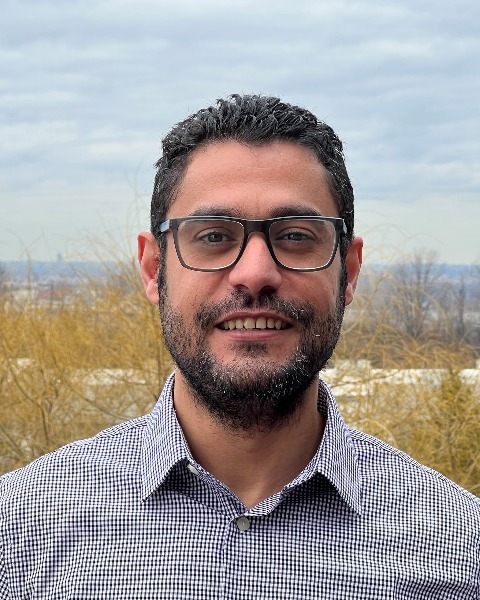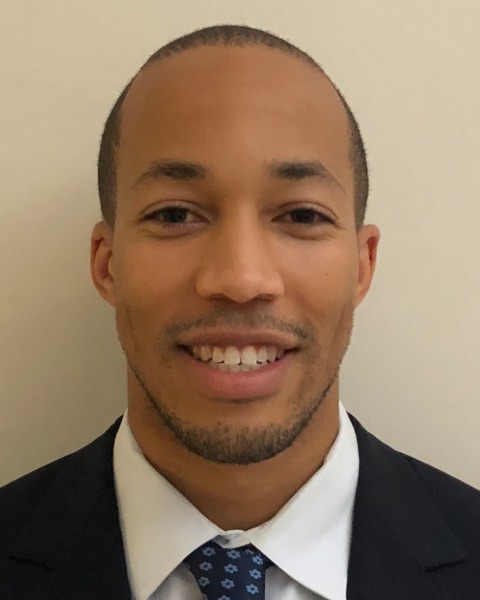Biological Sciences
Emerging MR Imaging and Spectroscopy Applications for Aging Research in Model Organisms
-
.jpg)
Rafael de Cabo, PhD
Senior Investigator
Translational Gerontology Branch
National Institute on Aging
Baltimore, Maryland, United States -

Mustapha Bouhrara, PhD (he/him/his)
Principal Investigator
NIA
Baltimore, Maryland, United States -
SK
Shannon Kolind, PhD
Associate Professor
University of British Columbia
Vancouver, British Columbia, Canada -

Keenan Walker, PhD
NIA MIND Unit Director
Laboratory of Behavioral Neuroscience
National Institute on Aging, NIH
Baltimore, Maryland, United States -

David Reiter, PhD (he/him/his)
Assistant Professor
Emory University
Atlanta, Georgia, United States -

Doug Dean, PhD
Assistant Professor
Pediatrics
University of Wisconsin, Madison
Madison, Wisconsin, United States
Chair(s)
Co-Chair(s)
Individual Symposium Abstract First Author(s)
Advances in quantitative magnetic resonance imaging and spectroscopy (MRI/MRS) methodology have enabled probing tissue microstructure and function with exquisite specificity and sensitivity in human and model systems. Using this technology to examine changes in tissue microstructure and function in aging or pathology has the potential to provide a window into the underlying age-related diseases’ mechanisms, and to nominate MR biomarkers for longitudinal assessment and intervention. Water molecules within biological tissues undergo interactions with their environment through nuclear relaxation, magnetization transfer, chemical exchange, and diffusion. These processes are sensitive to underlying local tissue properties such as density, microstructure, temperature, acidity, composition, and geometry. Through use of combinations of magnetic fields and radiofrequency pulse formalisms, MRI/MRS provides unique sensitivity and specificity to probe these mechanisms in all biological tissues. Advances in acquisition strategies, hardware designs, computational analyses, and signal modeling have positioned MRI/MRS as powerful emerging noninvasive modalities to studying biological tissue to differentiate normal from abnormal cell-level processes. These techniques are based on multicomponent relaxometry or diffusion, magnetization transfer, high-dimensional imaging or spectroscopy, susceptibility imaging, cerebral functioning, etc. However, their integration in clinical trials and investigations is still limited. This session will provide an overview about these emerging MRI/MRS techniques, their value and application in studying aging. The overarching goal is to generate further interest within the scientific community, disseminate and integrate these mature and unique noninvasive approaches in research settings and routine clinical protocols to advance our understanding of aging processes.
Learning Objectives:
- After attending this session, attendees will be able to understand emerging MRI/MRS techniques, as well as a comprehensive idea of their utility and applications in studying biological tissues.
- After attending this session, attendees will be able to develop interest in using these techniques in their work.
Presentations:
-
4:30 PM – 6:00 PM ETImaging Microscopic Neuropathology of Alzheimer’s Disease Using MRI: From Model Systems to Human In Vivo
-
4:30 PM – 6:00 PM ETMulti-Component Relaxometry for Study of Aging
Individual Symposium Abstract First Author: Shannon Kolind, PhD – University of British Columbia
-
4:30 PM – 6:00 PM ETCombined Use of Novel MR Imaging and Fluid Biomarkers Reveal Determinants of Myelin and Axonal Loss with Aging
Individual Symposium Abstract First Author: Keenan Walker, PhD – National Institute on Aging, NIH
-
4:30 PM – 6:00 PM ETAssessing Age-Related Changes in Skeletal Muscle Perfusion and Microvascular Function with MRI
Individual Symposium Abstract First Author: David A. Reiter, PhD (he/him/his) – Emory University
-
4:30 PM – 6:00 PM ETQuantitative Relaxometry Approaches to Characterizing Brain Aging: Applications Across the Lifespan
Individual Symposium Abstract First Author: Doug Dean, PhD – University of Wisconsin, Madison
